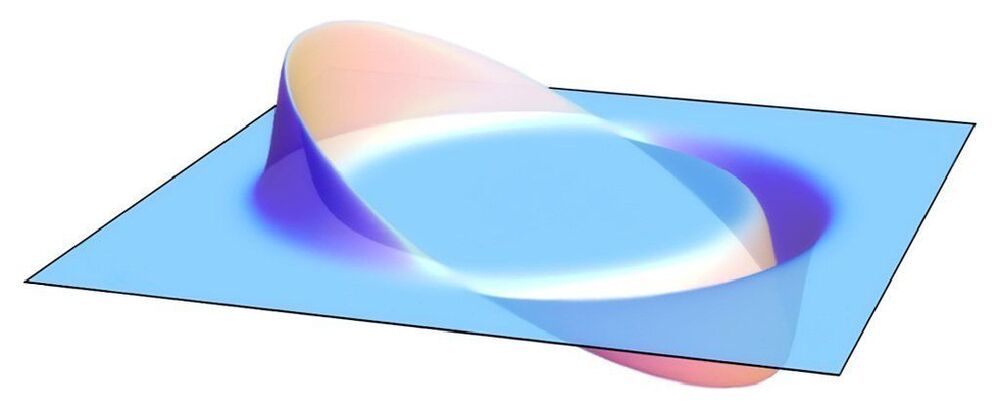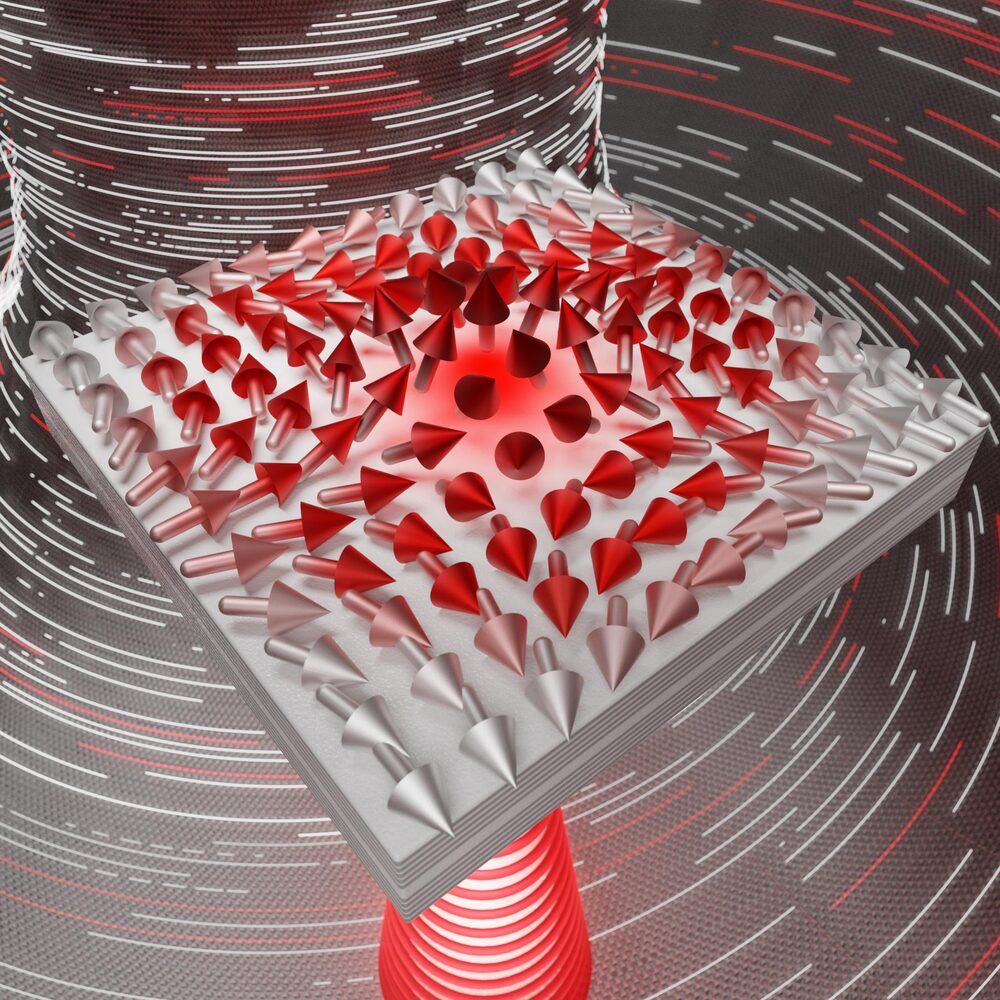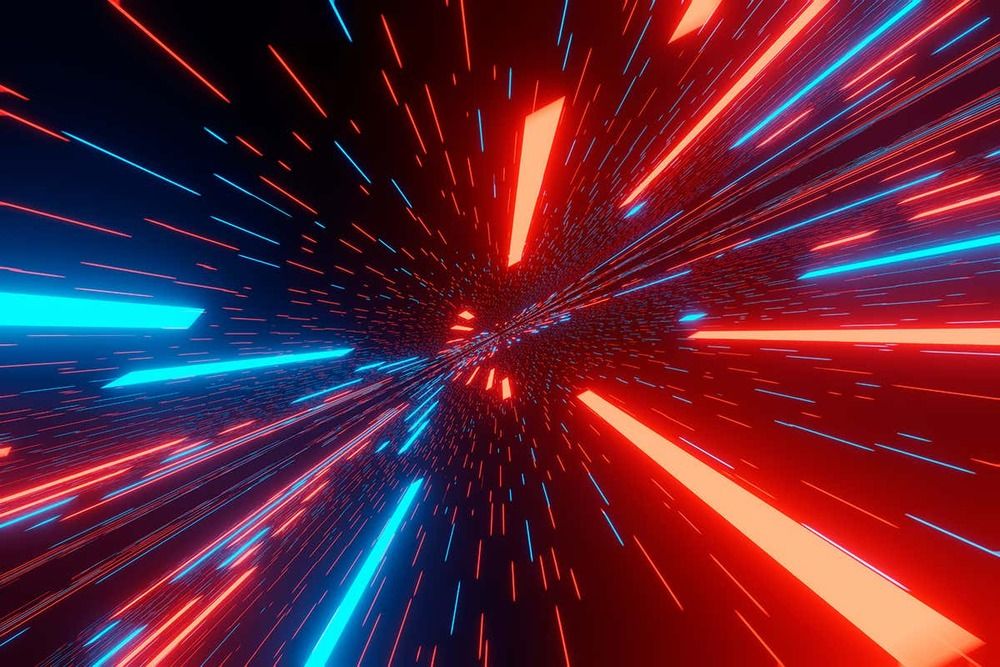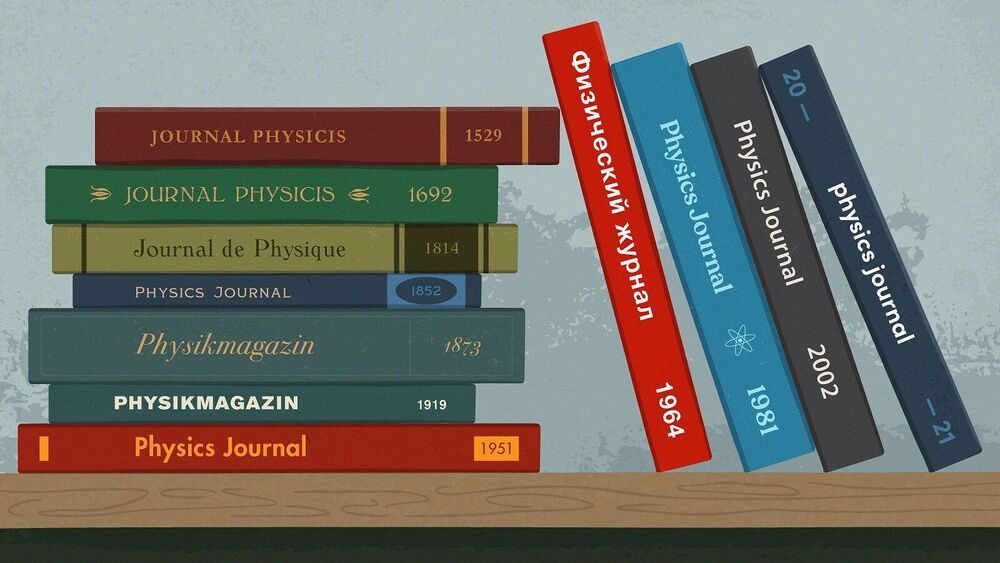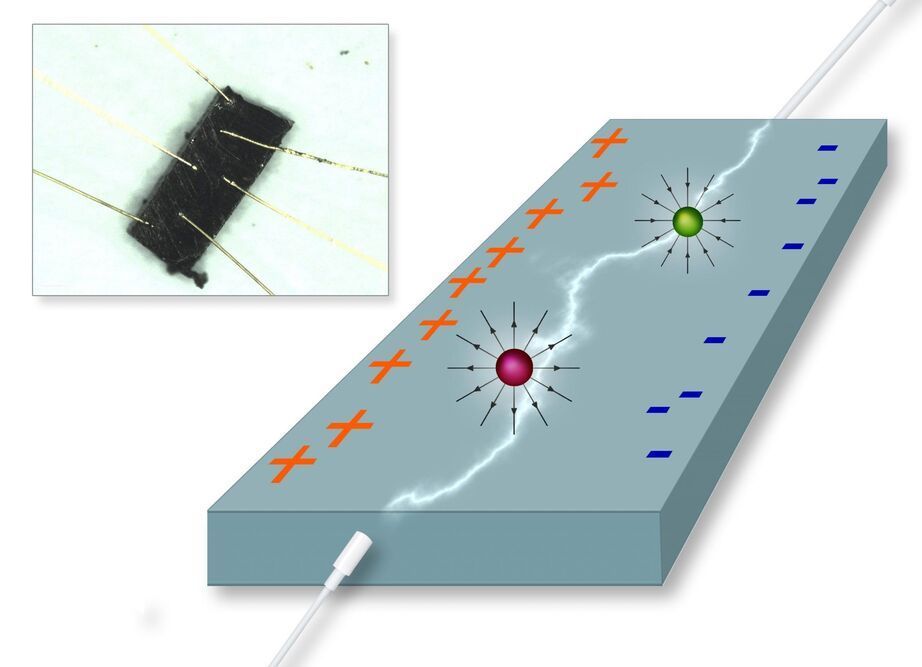Mar 4, 2021
Engineers Have Proposed The First Model For a Physically Possible Warp Drive
Posted by Quinn Sena in categories: physics, space travel
The idea of a warp drive taking us across large areas of space faster than the speed of light has long fascinated scientists and sci-fi fans alike. While we’re still a very long way from jumping any universal speed limits, that doesn’t mean we’ll never ride the waves of warped space-time.
Now a group of physicists have put together the first proposal for a physical warp drive, based on a concept devised back in the ’90s. And they say it shouldn’t break any of laws of physics.
Theoretically speaking, warp drives bend and change the shape of space-time to exaggerate differences in time and distance that, under some circumstances, could see travelers move across distances faster than the speed of light.
